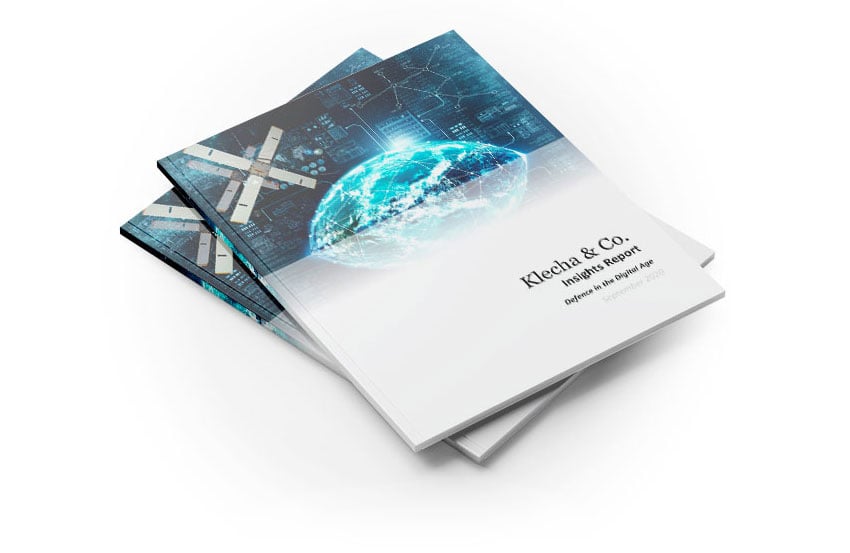Much like both the World Wars, success in combating hybrid warfare will hinge on an alliance between defence agencies and the technology sector.
The good news is defence agencies seem increasingly aware of this and are acting to cement alliances with the technology sector. We see these partnerships in the form of contracts being awarded in all four of our focus disruptive technologies, where companies ranging from technology giants such as Microsoft and Google to major IT consulting firms like Atos, Booze Allen Hamilton, Capgemini, SopraSteria, CGI and Deloitte, have been drafted in to help out. We believe that more such alliances with the technology sector are crucial for the defence sector to unleash the potential of our four disruptive technologies to combat the proliferation of the numerous and increasing number of hybrid threats, including cybersecurity solutions.
“Rapid technology advancements are dramatically shrinking the gap between the digital and physical worlds. We’re moving the Department’s mindset and culture from a hardware-centric and industrial-age force to a software-driven and information age one. Digital modernisation is becoming synonymous with warfighting modernisation.”
– Dana Deasy, Department of Defense Chief Information Officer (CIO)
Unconventional conflict is the new convention
Conflicts used to equate to conventional wars, which were fought between nation states who deployed their army, navy and air power in battle. The global security structures currently in place to prevent war, with organisations like the UN, and deter conflicts, with alliances like NATO, were based on the presumption of conventional war between nation state actors.
Put simply, conflicts and defence are not what they used to be. The nature and scope of conflicts and security is forever changing and almost always becoming infinitely more complicated. The new security paradigm is framed by new asymmetrical warfare, increasingly easy access to ever more powerful weapons, violent extremism, conflicting motivations, and a relatively chaotic organisation of the parties involved.
Globalisation, migration, geopolitical shifts, the changing nature and balance of power, and increasing access of individuals to technological and social resources, are some of the key factors behind the rise of this new security paradigm, according to research by the European Commission.
This expansion of threats and bad actors has generated new challenges to the defence and security communities, as well as to society as a whole.

